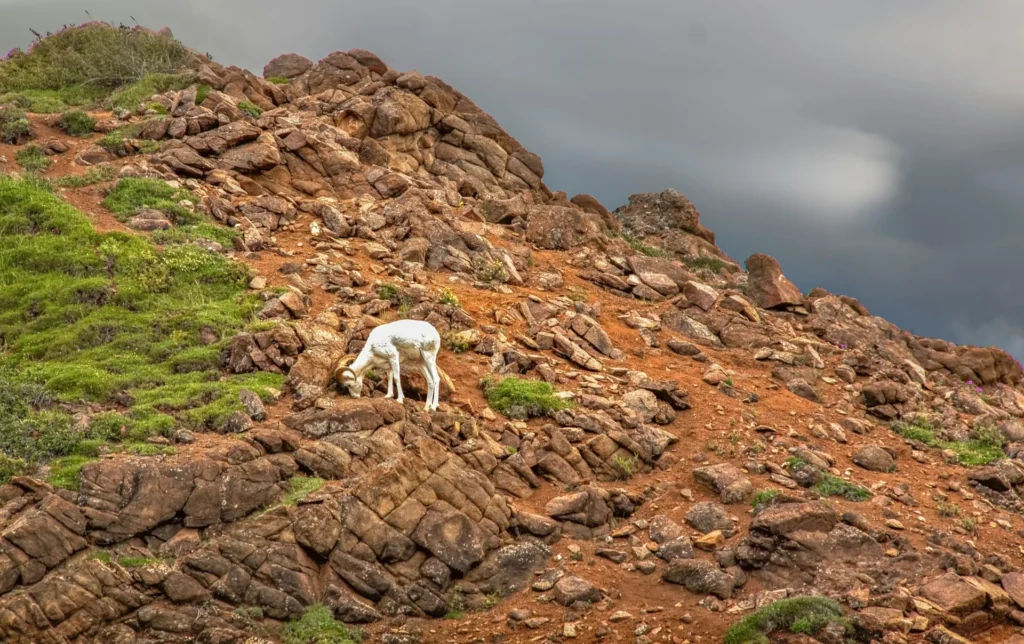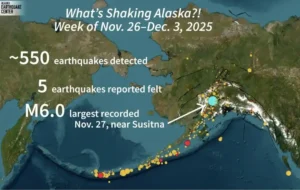The Alaska Department of Fish and Game has launched the Dall sheep population study, the largest project statewide. Biologists began the project in 2023 in partnership with the National Park Service to examine sheep population dynamics in the Alaska and Brooks Ranges.
Researchers use national park lands as un-hunted control areas and nearby state-managed hunting lands as treatment areas for direct comparison. Control areas include Denali and Gates of the Arctic National Parks, while treatment areas include game management units 20A, 24A, and 25A.
So far, biologists have deployed 125 GPS collars on rams and 120 collars on ewes across both the control and treatment zones. The collars record hourly locations during lambing, hunting, and rutting seasons and have a four year battery life to track movement patterns over time.
During captures, teams collected blood for disease screening, metabolic analysis, and pathogen antibody detection, providing a comprehensive health profile for each monitored sheep. Department staff also completed minimum count aerial surveys in all four areas using the collared sheep for sightability trail accuracy testing.
Sightability trials help determine how many sheep remain unseen during flights, ensuring population estimates reflect real numbers rather than undercounts. Teams spent three weeks conducting composition counts of nursery groups on the ground, gathering critical demographic data for population modeling.
These counts, combined with weather harvest collar and survey data, will help create predictive models for Dall sheep conservation planning statewide. Up to 18 staff members worked in the field simultaneously, logging 500 hours of Super Cub flights and 70 helicopter hours.











